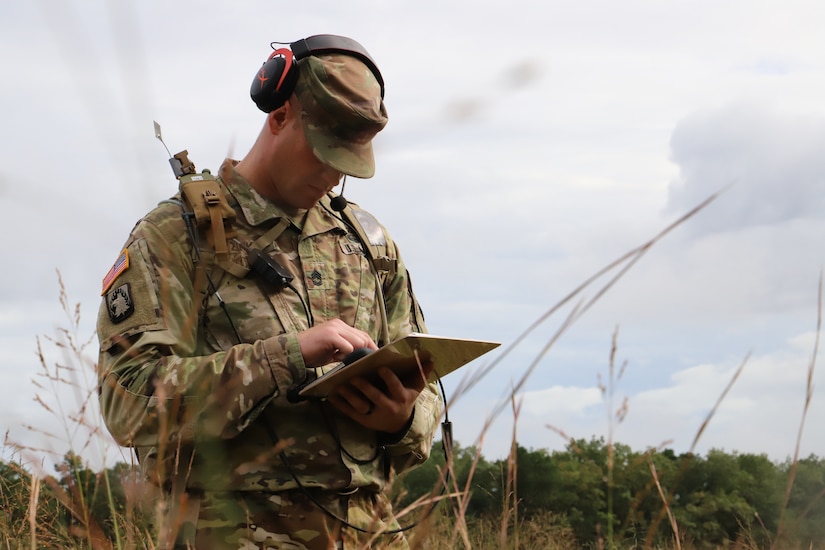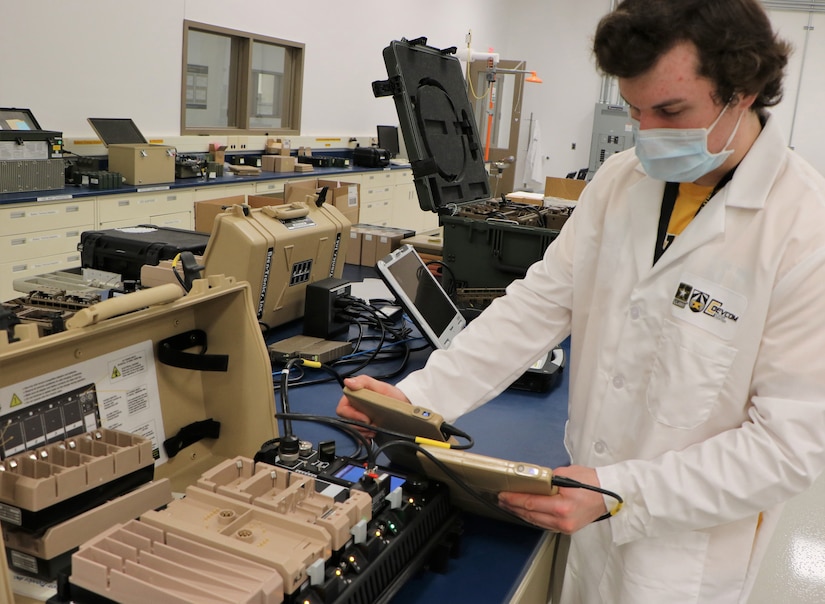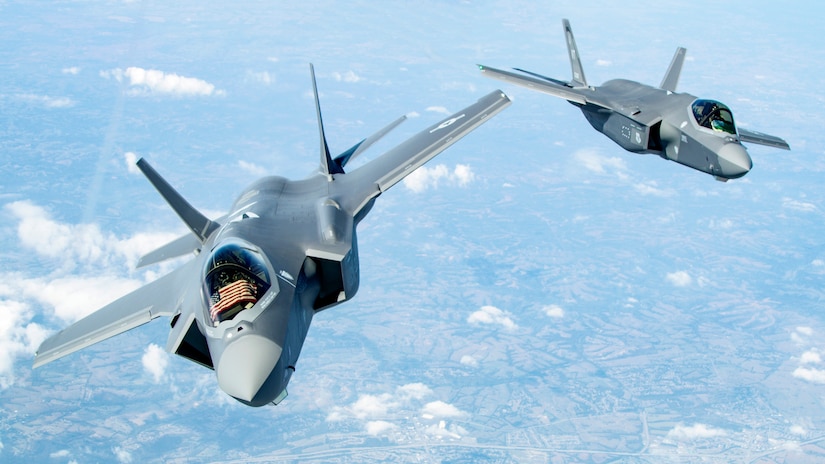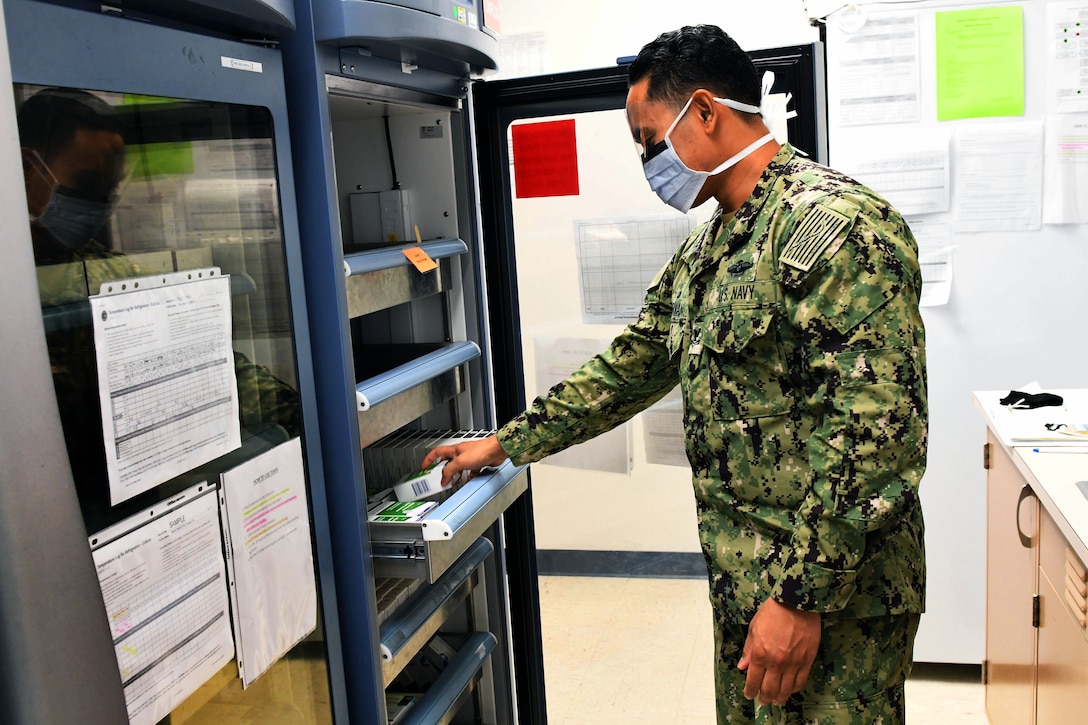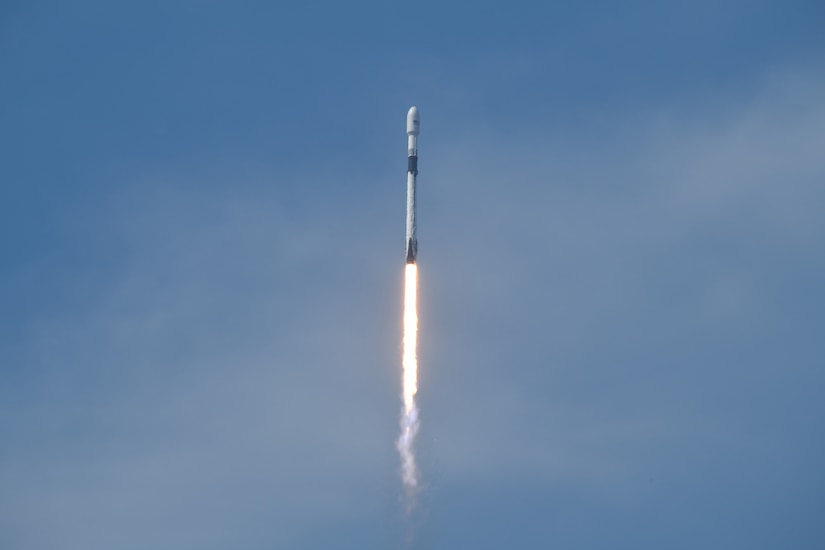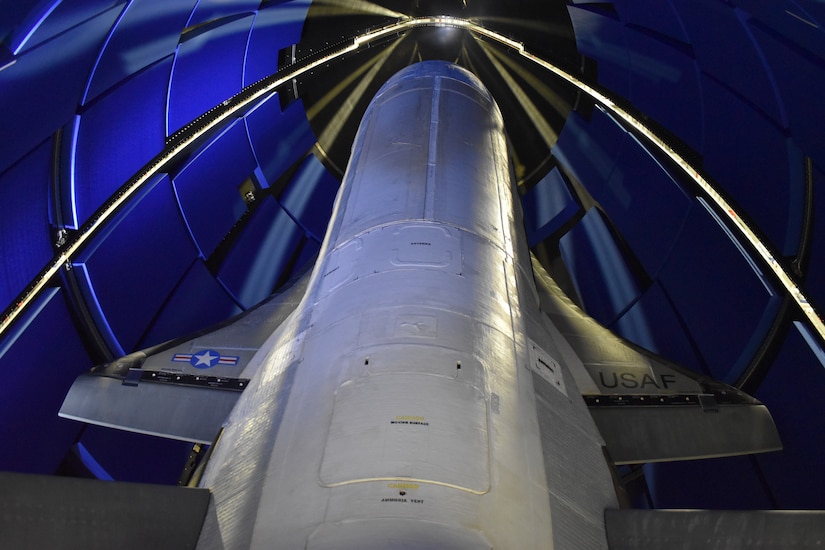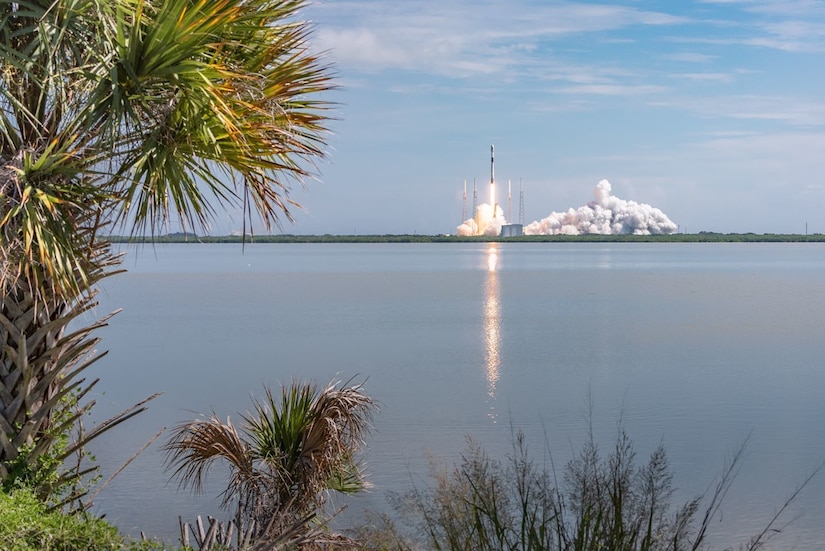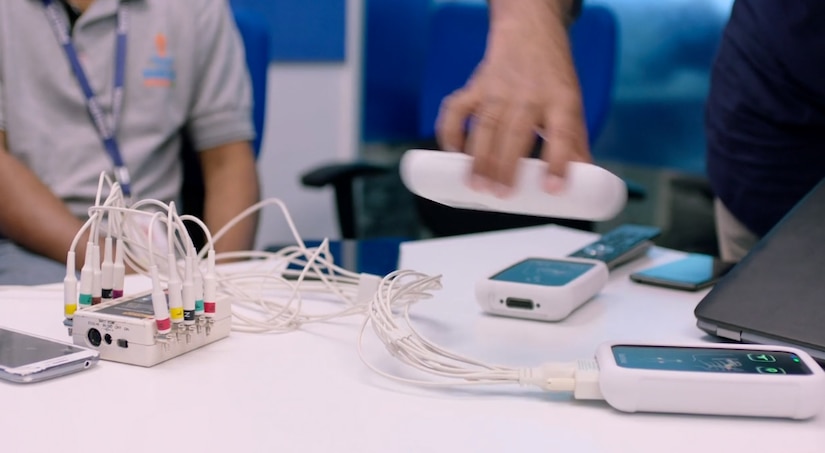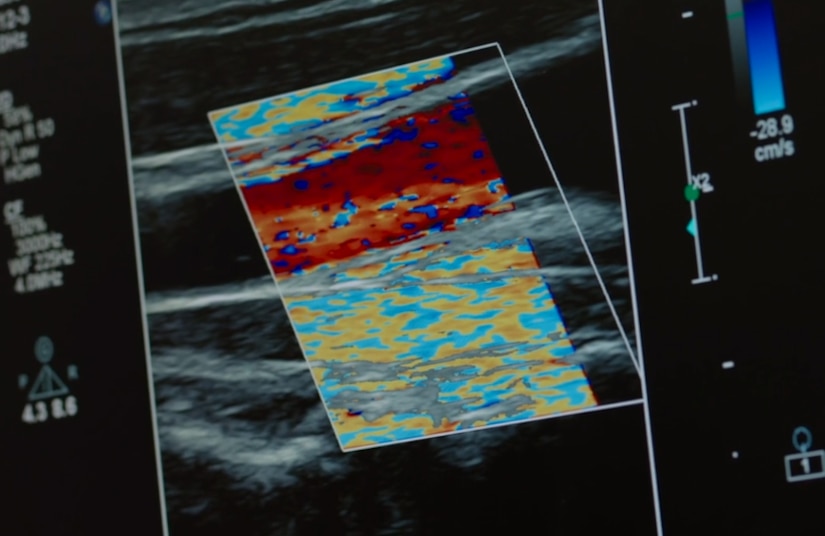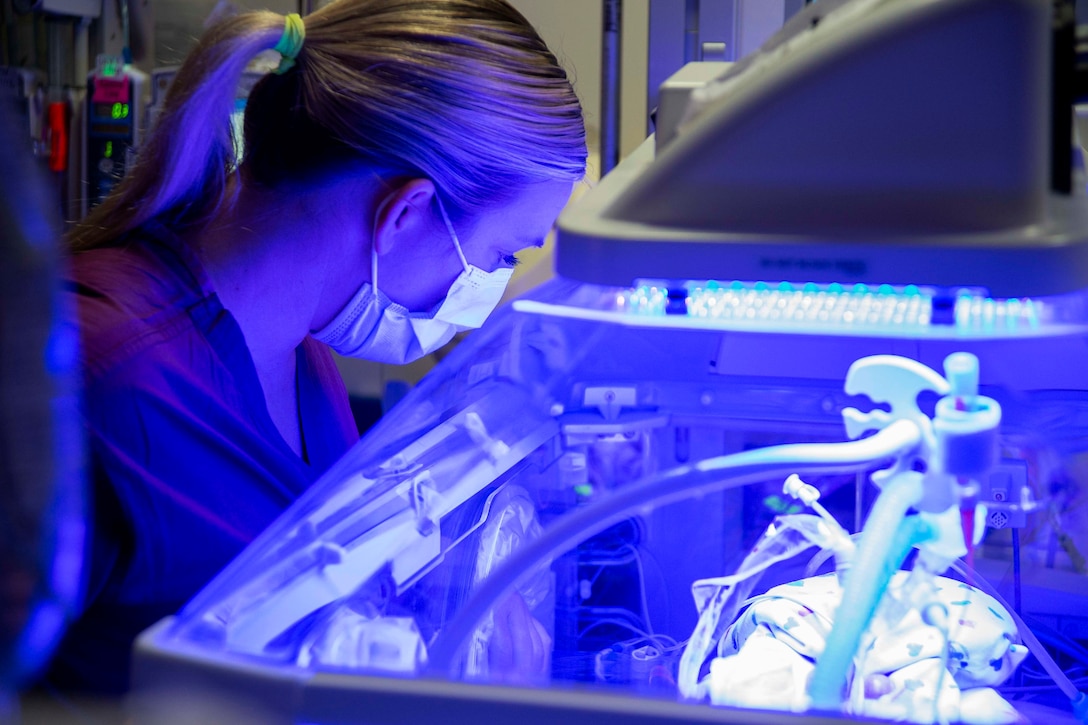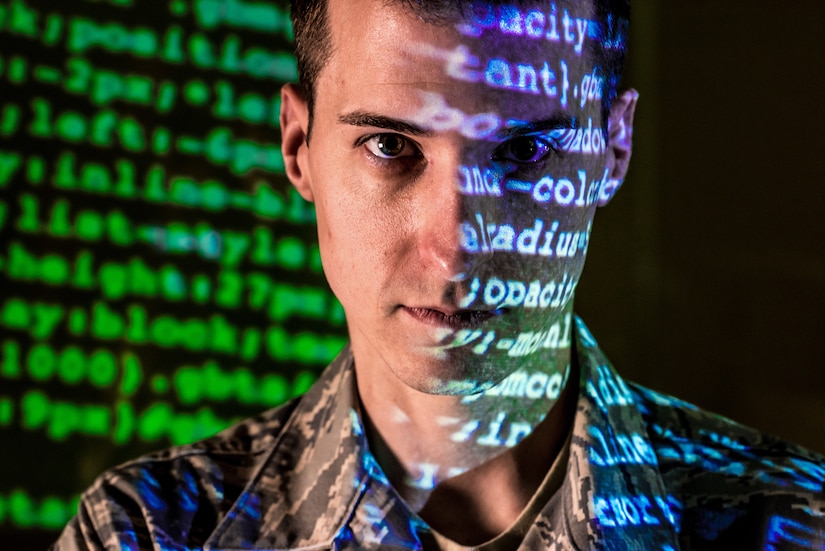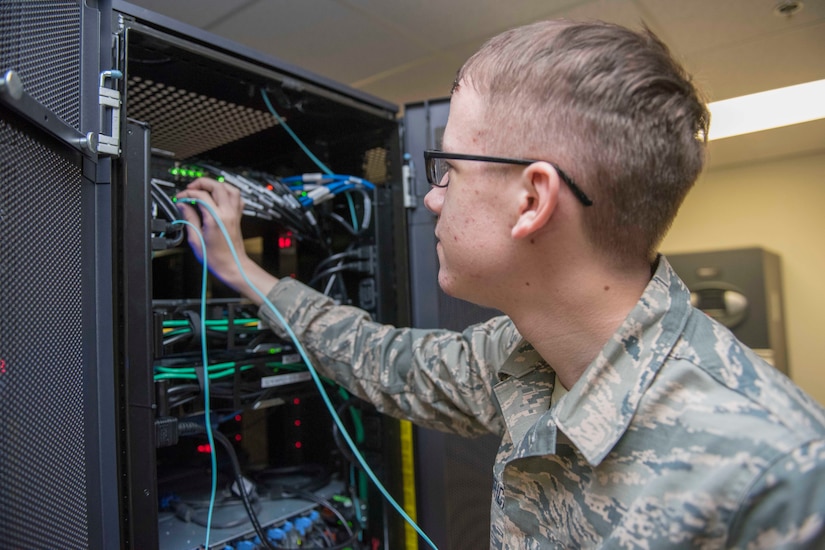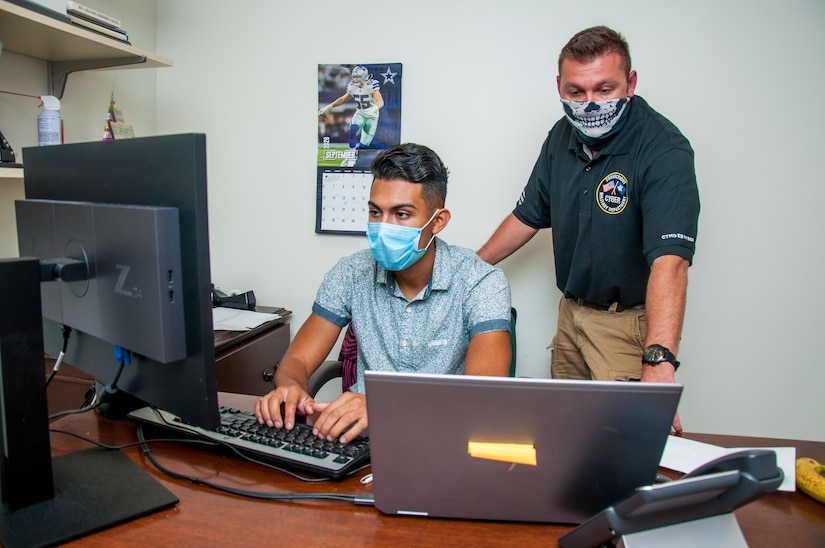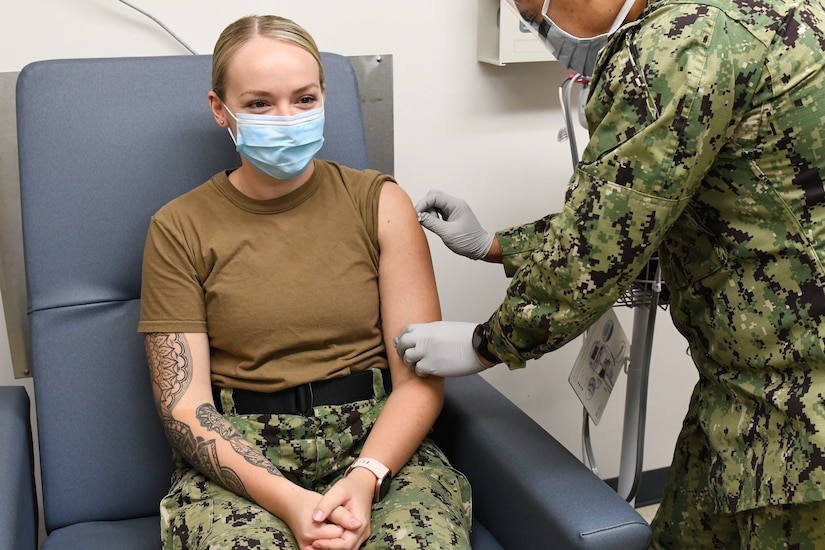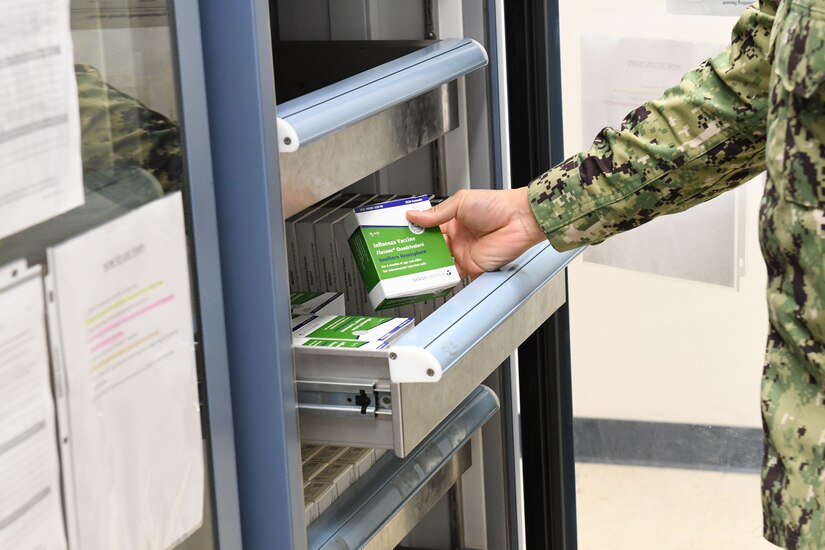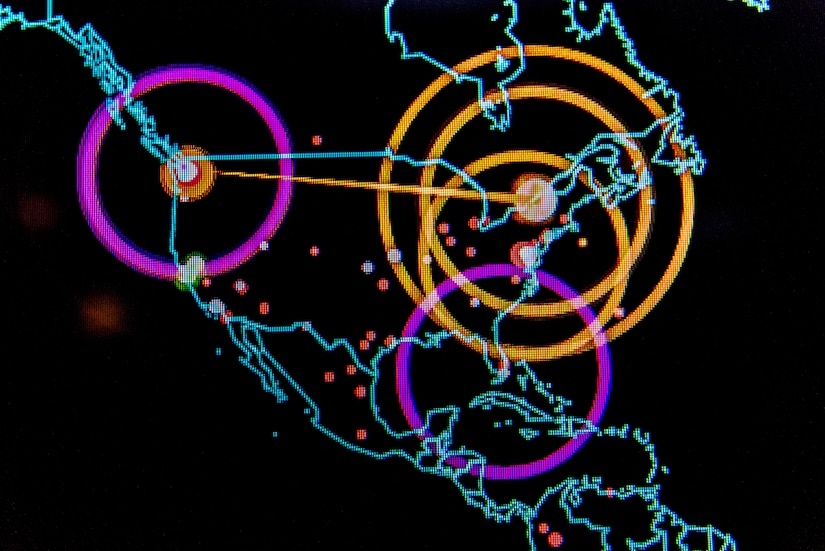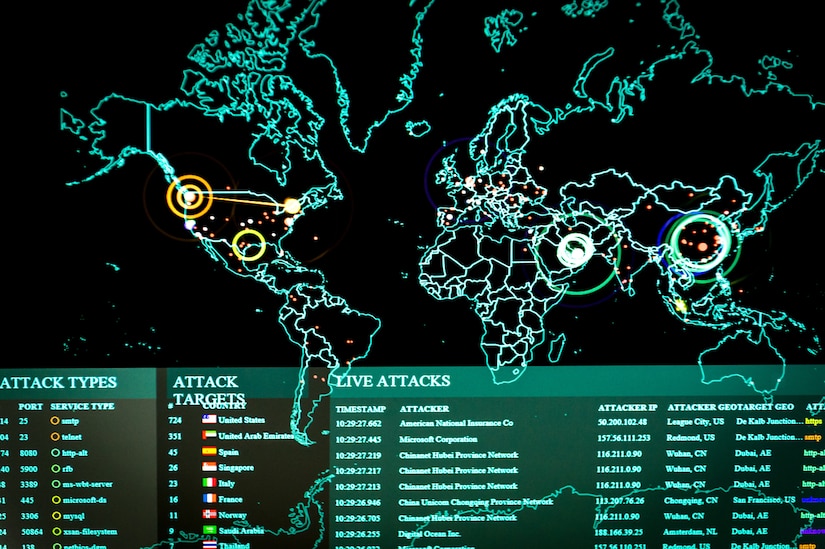NEWARK, N.J. – Two men will appear in federal court to face charges that they were involved in the unauthorized takeover of social media and other personal online accounts belonging to professional and semi-professional athletes, U.S. Attorney Craig Carpenito announced today.
Trevontae Washington, 21, of Thibodaux, Louisiana, and Ronnie Magrehbi, 20, of Orlando, Florida, are each charged in separate criminal complaints with one count of conspiracy to commit wire fraud and one count of conspiracy to commit computer fraud and abuse. Washington is scheduled to appear today before U.S. Magistrate Judge Janis van Meerveld in the Eastern District of Louisiana. Magrehbi is scheduled to appear today before U.S. Magistrate Judge Gregory Kelly in the Middle District of Florida.
According to documents filed in this case and statements made in courts:
At various times between December 2017 and April 2019, Washington and Magrehbi took part in illegal schemes to gain access to social media and other personal online accounts belonging to professional and semi-professional athletes, including athletes employed by the National Football League (NFL) and the National Basketball Association (NBA).
Washington is alleged to have compromised accounts belonging to multiple NFL and NBA athletes. Washington phished for the athletes credentials, messaging them on platforms like Instagram with embedded links to what appeared to be legitimate social media log-in sites, but which, in fact, were used to steal the athletes’ user names and passwords. Once the athletes entered their credentials, Washington and others locked the athletes out of their accounts and used them to gain access to other accounts. Washington then sold access to the compromised accounts to others for amounts ranging from $500 to $1,000.
Magrehbi is alleged to have obtained access to accounts belonging to a professional football player, including an Instagram account and personal email account. Magrehbi extorted the player, demanding payment in return for restoring access to the accounts. The player sent funds on at least one occasion, portions of which were transferred to a personal bank account controlled by Magrehbi, but never regained access to his online accounts.
The wire fraud conspiracy charges carry a statutory maximum of 20 years in prison and a fine of up to $250,000. The computer fraud conspiracy charges carry a statutory maximum of five years in prison and a fine of up to $250,000.
U.S. Attorney Carpenito credited special agents of the U.S. Secret Service, under the direction of Special Agents in Charge Mark McKevitt in Newark, Caroline O’Brien-Buster in Orlando, and Leslie Pichon in New Orleans; members of the New Jersey Division of Criminal Justice Financial and Computer Crimes Bureau, under the direction of New Jersey Attorney General Gurbir S. Grewal, and members of the Thibodaux, Louisiana, Police Department.
The government is represented by Assistant U.S. Attorney Anthony Torntore of the U.S. Attorney’s Cybercrimes Unit in Newark.
The charges and allegations in the complaints are merely accusations, and the defendants are considered innocent unless and until proven guilty.

